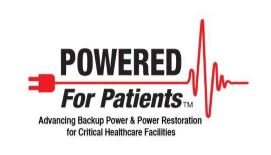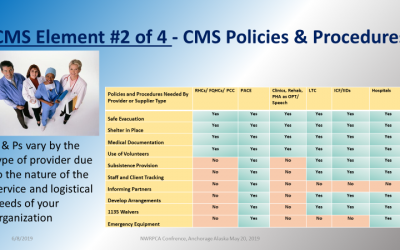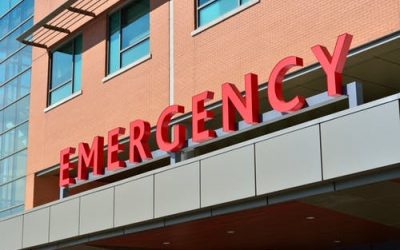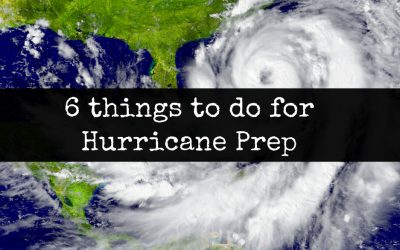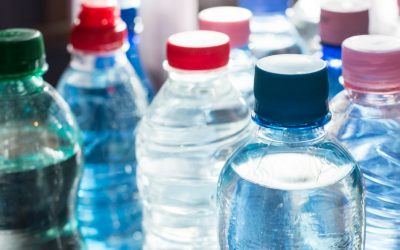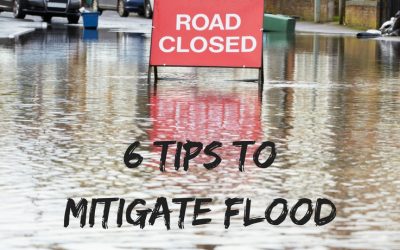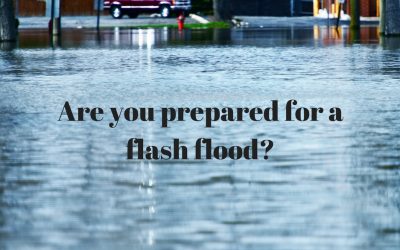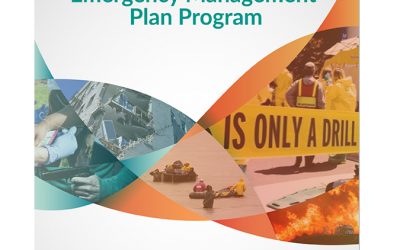Powered for Patients Issues Hurricane Dorian Guidance to Help Emergency Managers, Public Health Officials, Healthcare Facilities and Utilities Protect Patients
Government Officials, Critical Healthcare Facilities and Utilities Urged to Take Steps Now to Safeguard Emergency Power and Accelerate Prioritized Power Restoration for Critical Healthcare Facilities in Hurricane Dorian’s Path
Washington, D.C. – August 29, 2019 – As the threat of Hurricane Dorian intensifies, Powered for Patients, a 501c3 non-profit created after Hurricane Sandy, is urging government officials, utilities and healthcare facilities in Dorian’s path to take important steps now to safeguard emergency power and accelerate prioritized power restoration for critical healthcare facilities impacted by Hurricane Dorian.
Powered for Patients was created in the aftermath of Hurricane Sandy when the failure of emergency power systems at six New York City area hospitals prompted emergency evacuations. The non-profit’s mission is to safeguard emergency power and expedite power restoration for critical healthcare facilities by fostering increased collaboration and information sharing between critical healthcare facilities, government and utilities when emergency power is threatened during disasters.
“Hurricane Dorian can be expected to produce prolonged power outages that will seriously challenge the ability of emergency power systems to operate for the duration of the power outage,” said Eric Cote, Project Director for Powered for Patients. “This reality makes it critically important for facility managers at hospitals, skilled nursing facilities and dialysis centers take steps now to ensure that their emergency power systems are as prepared as possible for extended operation. This preparation includes a careful review of critical system components, topping off fuel tanks and checking spare parts inventory.”
Powered for Patients has published an Emergency Power System Resilience Checklist that details the key steps facility managers should take before, during and after a disaster to safeguard emergency power systems. This checklist, based on FEMA guidance, also includes a spare parts checklist to help facility managers inventory spare parts and address shortages prior to Florence’s landfall. (See attached checklists) These checklist are part of Protecting Patients When Disaster Strikes, a Playbook for safeguarding emergency power and expediting power restoration published in 2017 with Department of Homeland Security funding by Powered for Patients and the Rhode Island Emergency Management Agency. While developed for use in the State of Rhode Island, much of the Playbook’s content is applicable for any state impacted by a disaster.
Powered for Patients is also urging emergency managers, public health officials and utilities to review protocols for how threats to emergency power and prioritized restoration for critical healthcare facilities should be addressed. These protocols should detail how a facility should notify government officials and utilities of a threat to emergency power and how government, utilities and impacted facilities should communicate to address any unforeseen threats to patient safety due to power outages or a loss of emergency power. These protocols should be shared with all critical healthcare facilities before Hurricane Dorian strikes.
“We’ve learned from previous disasters that there is often a lack of clarify around the steps critical healthcare facilities should take in terms of communicating with government officials and utilities if there is a threat to patient safety arising from the lack of utility power or the loss of emergency power,” said Cote. “This uncertainty can put patient safety at risk.”
In 2017, Powered for Patients introduced a new early warning protocol that calls on critical healthcare facilities in a disaster area to provide an early warning to a designated government official at the first sign of any threat to emergency power. This early warning can give government officials a critical head start in replacing generators if service crews are unable to resolve a mechanical threat and it also enables utilities to shift restoration priorities to restore power to a facility before emergency power is lost.
This new protocol was published in Protecting Patients When Disaster Strikes and in Roadmap to Resiliency, a white paper co-authored by Powered for Patients and the American Society for Healthcare Engineering (ASHE), a personal membership group of the American Hospital Association.
“Providing early warning of a threat to emergency power is the optimal best practice but this can’t happen if a healthcare facility doesn’t know who in government or at their utility they should contact and when once a threat to emergency power is detected,” said Cote.
Cote urged emergency managers, public health officials, utilities and critical healthcare facility administrators to address these critical communication protocols before Hurricane Dorian strikes.
Click the link below for the entire article and Checklist for Emergency Planning Prior to Emergency or Disaster for Emergency Power Supply System from FEMA P-1019 Guidebook.
Hurricane Dorian Guidance for Emergency Managers Public Health Officials and Utilities 8-29-19
FOR IMMEDIATE RELEASE
August 29, 2019
CONTACT: ERIC COTE
(202) 810-0125
cote@poweredforpatients.org
